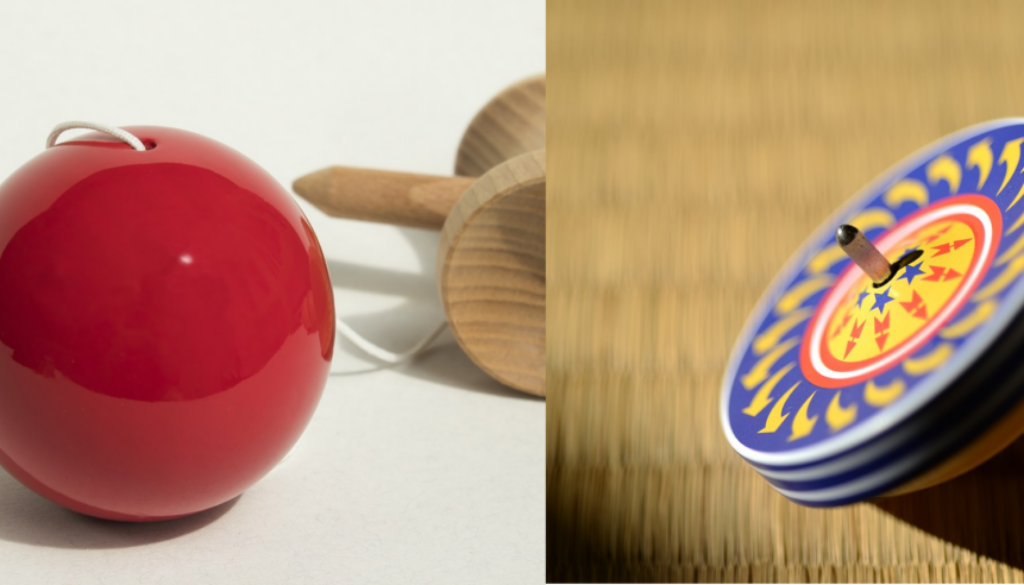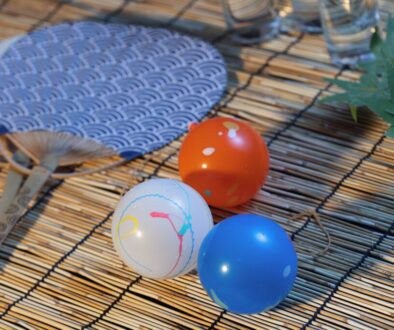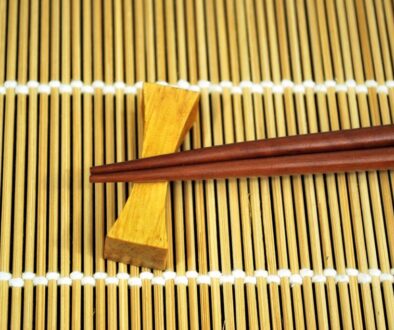Rediscover the Charm of Traditional Japanese Games: Enter the World of Kendama and Koma
History and Charm of Traditional Japanese Games
Traditional Japanese games offer more than just fun; they provide a valuable window into Japan’s culture and history. In this article, we will explore the history, charm, and places where you can experience kendama and koma, two of the most popular traditional Japanese games.
History and Charm of Kendama Kendama is a toy consisting of a cup with three holes, a spike, and a ball attached to a string. It’s a simple yet deep game where you aim to balance the ball on the cup or catch it on the spike.
While there are various theories about the origin of kendama, it is known to have been enjoyed by common people in the Edo period. Back then, it was also a game for adults, where those who failed to catch the ball in the cup would pour sake into the kendama and drink it.
Charm of Kendama
- Improves concentration and coordination: By focusing on small goals, you can improve your concentration and hand-eye coordination.
- Relieves stress: As it’s an immersive game, it can help relieve daily stress.
- Connects you with a global community: Kendama is loved worldwide, with competitions and communities dedicated to the game.
History and Charm of Koma (Spinning Top) Koma, or spinning top, is a toy spun by hand or with a string. The history of koma in Japan dates back to the Jomon period, where it is believed that earthen koma existed.
During the Edo period, a type of koma called beigoma became popular among children. Beigoma is a small top made of wood or metal, spun with a string, and used to knock opponent’s tops out of a designated area.
Charm of Koma
- Develops a sense of balance: Balancing a koma requires a good sense of balance.
- Stimulates creativity: With various types of koma and ways to play, it stimulates creativity.
- Experience Japanese culture: Playing koma is a great way to experience Japanese traditional culture.



